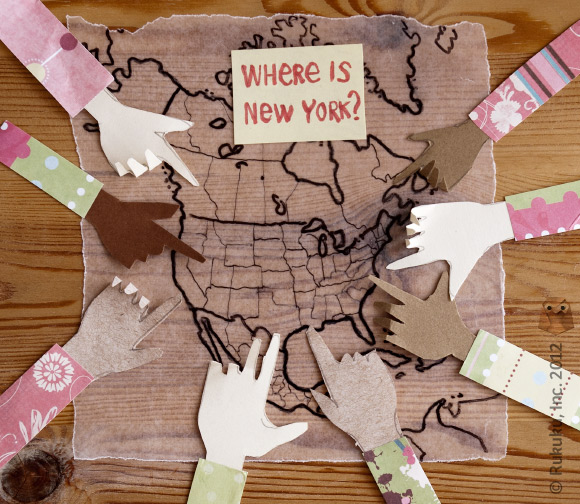
According to the OECD, in 2010 the United States ranked 14th in reading, 17th in science, and 25th in mathematics (all out of 34), to earn the fantastically run-of-the-mill overall rating of “average.” For a country that, in the not-too-distant past, produced most of the world’s technical innovation and boasted an unparalleled productive and creative output, this is a jarring wake-up call.
On Wednesday, we talked about why standardized test based teacher evaluation is very bad at identifying and rewarding good teachers. This is definitely a big part of the problem in US education.
Another part of the problem – one that is more controversial to discuss, to be sure – is the problem of bad teachers. We have a lot of them, and they don’t seem to be getting any better.
When I was in school, I once had an English teacher who told us with a straight face that the Soviet Union was not involved in World War II. Granted, this wasn’t his subject, but… really? Slightly dumbfounded by this bold statement, I tried to convince him otherwise. My disruption was to no avail, and only earned me looks of disdain from most of my bored classmates.
In the years since, I’ve often wondered about that incident. How could a person become a teacher without knowing undeniably basic things like that? As it turns out, there are several factors that make this possible.
Some of them are:
Flawed methods of teacher evaluation. This relates straight back to Wednesday’s post. The Department of Education, along with local school boards, seems hell-bent on turning our schools into standardized assessment factories, complete with teachers whose only purpose is to teach students how to take a test (does anyone else hear Pink Floyd’s “Another Brick In The Wall” playing in their heads?).
Low pay. In 2009, the average yearly salary for a US primary school teacher who has been employed for fifteen years was less than $44,000. For most other professions requiring a college degree, that’s a standard entry level salary. How can schools possibly attract passionate, knowledgeable, proficient, competent professionals when pretty much every other employment option pays better? The result of this is that schools are left with people who either have no other choice but to become teachers, or are very passionate about educating people (bless them, but they’re rare).
Teachers’ unions and entrenched bureaucracy. Teachers’ unions do provide some recourse against unreasonable teacher evaluation, but they also prevent students and parents from having any recourse against bad teachers. Bad teachers are consistently protected from scrutiny and replacement by their unions.
“But Alex,” you might say, “the last two arguments are always used by opposite sides of the political spectrum. I thought they were mutually exclusive!”
The reality is funny. In two-sided political discourse, each party generally tries to convince us that the other’s position is the problem. But as H.L. Mencken once noted, the ironic beauty of it is that they’re usually both right – about each other.





